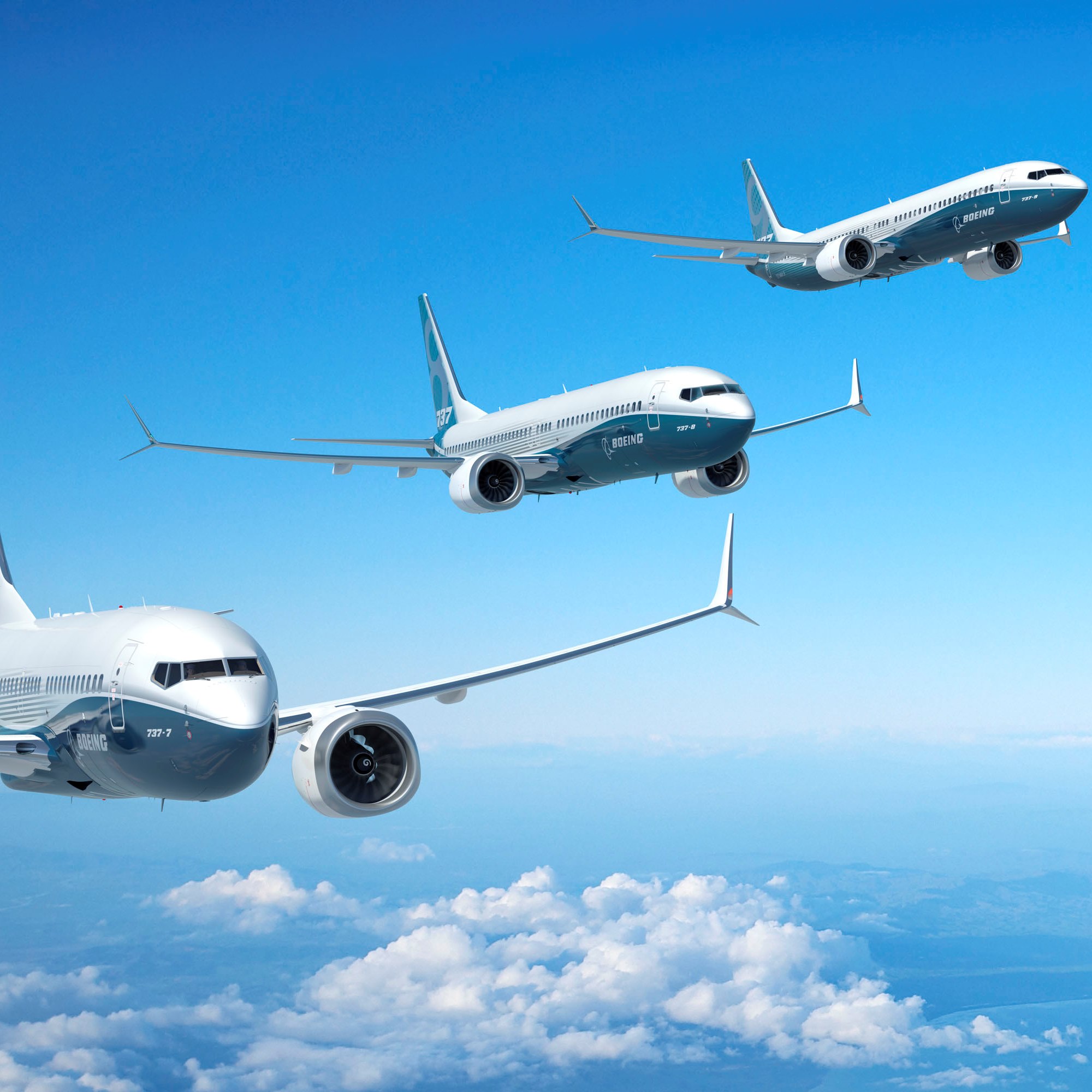Military
Boeing Strikes Some Deals, Forecasts $5.9 Trillion Aircraft Market

Published:
Last Updated:

The Farnborough Airshow has barely gotten off the ground and Boeing Co. (NYSE: BA) apparently decided to make as much noise as it could on the first day of the U.K. show. The company announced two potential purchases of 30 aircraft each and released its latest 20-year market forecast showing new aircraft purchases totaling $5.9 trillion, an increase of more than 5% compared with an estimate of $5.6 trillion in June 2015.
First the new orders, which are not really orders. Shenzhen, China-based Donghai Airlines announced its intention to purchase 25 of Boeing’s 737 MAX 8 aircraft and five Boeing 787-9 Dreamliners. At current list prices the deal is worth $4 billion. The two companies need to finalize the details of the deal, according to Boeing, before the order can be booked.
Xiamen Airlines, a Chinese government-owned subsidiary of China Southern Airlines Co. Ltd. (NYSE: ZNH), has signed a memorandum of understanding to purchase up to 30 Boeing 737 MAX 200 aircraft in a deal valued at $3.39 billion. The agreement still needs approval of Xiamen’s board, the board of China Southern and the Chinese government. Xiamen operates an exclusively Boeing fleet of more than 140 aircraft.
Boeing’s 20-year forecast, officially known as the Current Market Outlook, calls for deliveries of new commercial jets totaling 39,620 between now and 2035. Of that number, 28,140 are single-aisle narrow-body planes like Boeing’s 737 and the Airbus A320. Wide-body, dual-aisle planes like the 787 and the A350 are tagged for sales of 9,000 over the next 20 years.
The most interesting in Boeing’s outlook is its forecast for 5,100 small wide-body planes, an increase of 330 planes since last year’s outlook was published, and 3,470 medium wide-body planes, a drop of 50 compared with the 2015 forecast.
We have written about Boeing’s newfound interest in a middle-of-the-market (MoM) plane recently to fly the long, thin routes of up to about 5,000 nautical miles with 200 to 270 passengers. Airbus introduced a single-aisle A321LR to address this market in January of 2015. That airplane’s range is around 4,000 nautical miles with just over 200 passengers. First deliveries of the A321LR are scheduled for 2019, and if Boeing is going to come up with a clean-sheet design, as now appears to be the case, the U.S. aircraft maker needs to design an airplane that customers will be willing to wait until at least 2025 to take delivery of.
Boeing also has scaled back its forecast for cargo planes, dropping its earlier forecast for annual growth of 4.7% to 4.2%. Partly this is due to a slowing global economy and partly to increasing use of cargo space in passenger planes to carry so-called belly freight.
We’ll have more on the Farnborough show later and throughout the week.
Retirement can be daunting, but it doesn’t need to be.
Imagine having an expert in your corner to help you with your financial goals. Someone to help you determine if you’re ahead, behind, or right on track. With SmartAsset, that’s not just a dream—it’s reality. This free tool connects you with pre-screened financial advisors who work in your best interests. It’s quick, it’s easy, so take the leap today and start planning smarter!
Don’t waste another minute; get started right here and help your retirement dreams become a retirement reality.
Thank you for reading! Have some feedback for us?
Contact the 24/7 Wall St. editorial team.